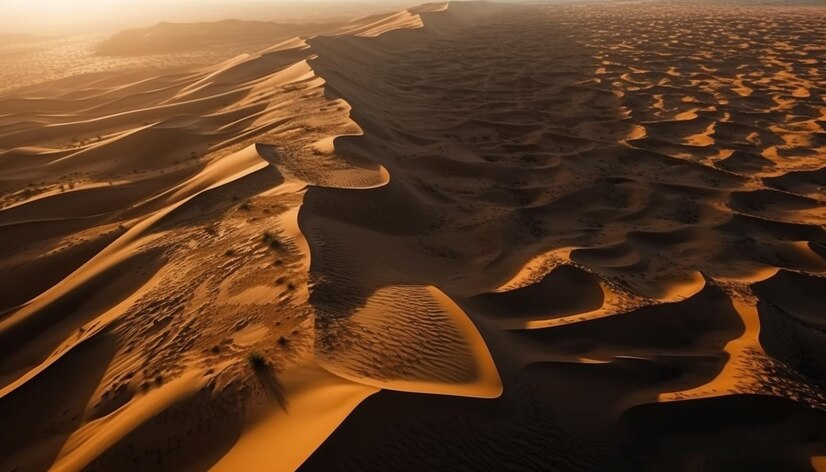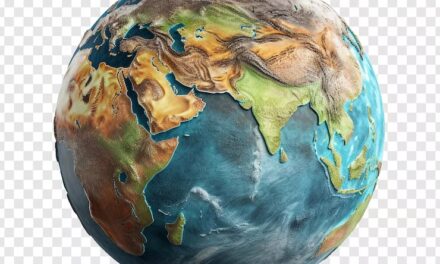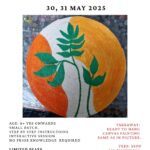Saudi Arabia, often referred to as the “Land of Sand,” is a country rich in history, culture, and natural wonders. Situated on the Arabian Peninsula, it is the largest country in the Middle East, spanning over 2 million square kilometers. This vast desert kingdom is renowned for its ancient heritage, modern development, and unique geographical features.
One of the defining characteristics of Saudi Arabia is its expansive desert landscapes. The Arabian Desert covers much of the country, with rolling sand dunes that stretch as far as the eye can see. These majestic dunes, sculpted by the wind over millennia, create a surreal and awe-inspiring vista that has captivated travelers and explorers for centuries. The desert’s golden hues shimmer under the intense Arabian sun, creating a landscape of breathtaking beauty and tranquility.
Beyond its desert expanse, Saudi Arabia boasts diverse geographical features, from rugged mountains in the southwest to coastal plains along the Red Sea and the Arabian Gulf. The Asir Mountains, with peaks reaching over 3,000 meters, offer a stark contrast to the arid desert and provide a cool retreat with lush greenery and terraced fields. In contrast, the Red Sea coast is renowned for its vibrant coral reefs, making it a popular destination for diving and marine exploration.
Saudi Arabia is deeply rooted in Islamic history and culture, being the birthplace of Islam and home to the two holiest cities in Islam, Mecca, and Medina. Mecca, the birthplace of Prophet Muhammad and the site of the annual Hajj pilgrimage, draws millions of Muslims from around the world every year. Medina, where the Prophet Muhammad’s tomb is located, is a place of spiritual significance and tranquility.
In addition to its religious heritage, Saudi Arabia embraces a rich cultural tapestry shaped by Bedouin traditions, Arabian hospitality, and a modern outlook. Traditional arts such as calligraphy, poetry, and music continue to thrive alongside contemporary expressions of art and architecture. The Kingdom is home to numerous cultural festivals, including the Janadriyah National Festival, which celebrates Saudi heritage and folklore through music, dance, and crafts.
Economically, Saudi Arabia is renowned for its vast reserves of oil, making it one of the world’s leading oil producers and exporters. The discovery of oil in the 1930s transformed the country’s economy and led to rapid modernization and infrastructure development. Today, Saudi Arabia is diversifying its economy through ambitious initiatives like Vision 2030, aimed at reducing dependence on oil and fostering sustainable development across various sectors, including tourism, entertainment, and technology.
In recent years, Saudi Arabia has opened its doors to international tourists, showcasing its rich cultural heritage and natural wonders. Visitors can explore ancient archaeological sites such as Mada’in Saleh, a UNESCO World Heritage site with Nabatean tombs carved into sandstone cliffs. The Kingdom’s cities, including Riyadh, Jeddah, and Dammam, offer a blend of modern skyscrapers, bustling souks, and luxurious resorts, catering to diverse interests and tastes.
In conclusion, Saudi Arabia, the “Land of Sand,” is a country of contrasts and contradictions, where ancient traditions coexist with modern aspirations. Its vast desert landscapes, rich cultural heritage, and economic significance make it a captivating destination for travelers and a pivotal player on the global stage. As Saudi Arabia continues to evolve and embrace change, it remains a beacon of tradition, innovation, and opportunity in the heart of the Arabian Peninsula.
The worksheet covers the following topics: –
- Saudi Arabia
- Location
- Land
- Climate
- Vegetation
- Wildlife
- Economic activities
- Life of the People
- Bedouins
- Cities

















